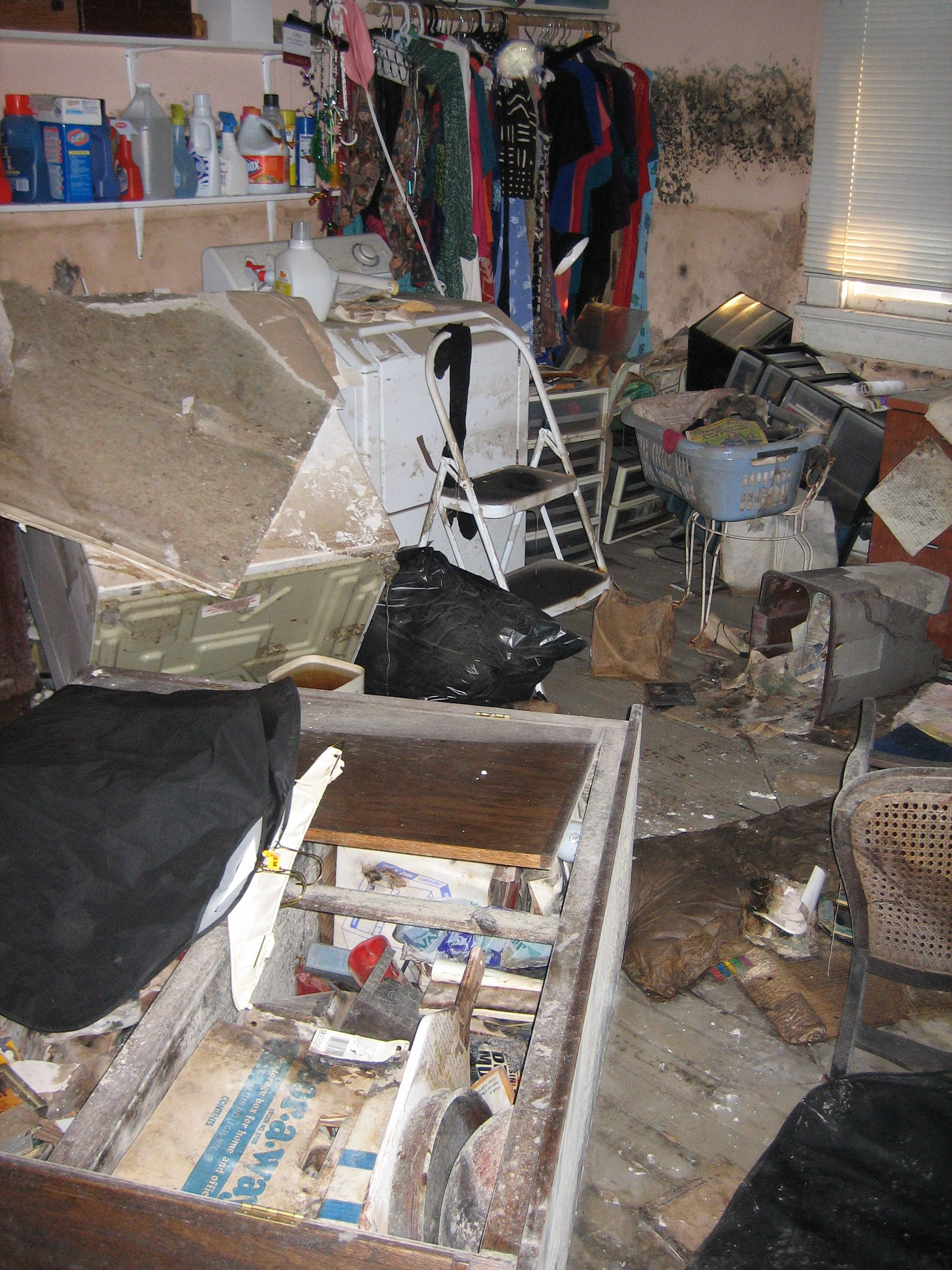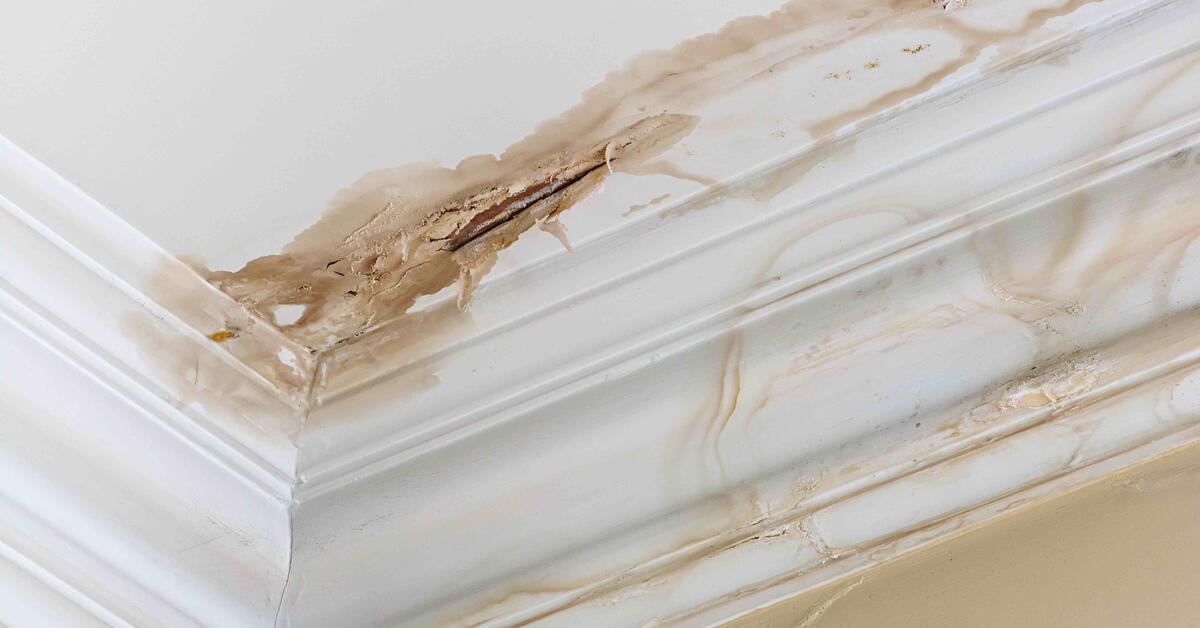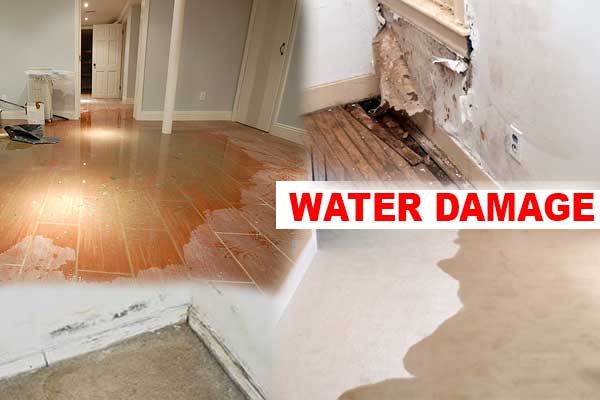Top Water Mitigation Company for Fast Response and Quality Service
Wiki Article
The Process of Water Damage Clean-up: Guaranteeing Your Home Is Brought Back Efficiently
Water damage can be a challenging obstacle for home owners, demanding a careful and structured cleanup procedure to bring back safety and security and performance. At first, an extensive analysis is essential to determine the extent of the damages and figure out the ideal removal steps. Following this, reliable water extraction methods play a crucial function in reducing further injury. The nuances of drying out, sterilizing, and ultimate restoration are equally crucial and usually ignored. Recognizing these stages can make a substantial distinction in the end result of your home's remediation, prompting a closer look at what each action involves.Assessing the Damages
Upon finding water damage, the initial action is to completely evaluate the degree of the effect. This preliminary examination is crucial, as it helps determine the needed actions for reliable cleaning and remediation. Begin by examining the affected areas, consisting of walls, ceilings, floors, and personal items, to determine the resource of the water intrusion, whether from flooding, leakages, or condensation.Recording the damage is crucial for both insurance coverage cases and intending reconstruction initiatives - damage restoration services. Use pictures and written notes to capture the seriousness of the damage, keeping in mind any afflicted structural aspects and materials. Pay unique interest to locations that might not be quickly noticeable, such as behind wall surfaces and under carpets, as concealed wetness can result in more difficulties, including mold and mildew growth
Additionally, evaluate the timeline of the water exposure. The longer the materials remain wet, the greater the capacity for damage. Comprehending the period of direct exposure will inform the necessity of remediation initiatives. Eventually, an extensive assessment lays the foundation for an effective water damage clean-up process, making certain that all influenced areas are addressed properly and thoroughly.
Water Removal Methods

Experts generally employ completely submersible pumps for bigger quantities of water, which can swiftly relieve flooding in basements or various other affected locations. For smaller sized quantities, wet/dry vacuum cleaners are often used to draw out residual dampness from carpetings and tough surfaces. Furthermore, using mobile extractors permits targeted removal in constrained areas or areas with fragile products.
In instances of polluted water, such as sewage or floodwater, progressed removal techniques may include making use of biohazard equipment to ensure safety and security and conformity with health and wellness laws. High-powered extraction tools are critical in reducing water retention in architectural materials, which can result in mold growth and structural wear and tear if not resolved promptly.
Eventually, the effectiveness of water removal techniques plays an essential duty in the general success of the water damages cleanup process, laying the groundwork for succeeding remediation initiatives.
Drying and Dehumidification
Once standing water has actually been effectively extracted, the next crucial phase in the water damages cleaning process is drying and dehumidification. This action is necessary to avoid further damage and mold development, which can happen within 24 to two days in wet atmospheres.To accomplish efficient drying out, specialized tools such as industrial-grade air movers and dehumidifiers is used. Air movers flow air across damp surface areas, boosting dissipation rates, while dehumidifiers minimize moisture degrees airborne, advertising a helpful environment for drying out. The mix of these devices makes sure that dampness is attracted out from walls, floorings, and home furnishings, allowing them to dry completely.
It is essential to keep an eye on the drying procedure carefully. Experts frequently utilize wetness meters to assess the dampness web content in different materials, making sure that all impacted areas get to appropriate dry skin levels. This careful technique aids to stop hidden wetness pockets that can lead to architectural damages or harmful mold and mildew development.

Cleansing and Disinfecting
After the drying and dehumidification stage is full, the next vital action in water damage clean-up is cleaning and disinfecting the influenced locations. This process is crucial to avoid the development of mold and mildew, germs, and other virus that prosper in damp settings.The cleaning phase generally includes removing any kind of debris, dust, and impurities from surfaces using specialized cleaning up representatives. For tough surfaces, a mix of soap and water or industrial cleaning items is often utilized. Soft materials, such as furniture and carpets, might call for more extensive cleaning methods, including heavy steam cleansing or deep removal techniques, to make certain detailed cleanliness.

Sterilizing follows cleansing, using EPA-approved disinfectants to eliminate hazardous bacteria. This step is crucial, specifically in locations that may have entered contact with floodwaters or sewer, as these sources can pose significant health dangers.
In addition, it is very important to deal with any type of staying odors, which might need the use of odor neutralizers or sophisticated techniques like ozone therapy. Proper cleansing and sanitizing not just recover the safety and hygiene of your home but additionally lay the foundation for successful repair and repairs in subsequent phases of the water damage cleaning process.
Repair and Repairs

Once the evaluation is total, remediation efforts can start. This generally entails fixing or changing broken materials, guaranteeing that all work adheres to regional building ordinance and requirements. For circumstances, if drywall has been compromised, it will require to be gotten rid of and replaced with brand-new product. In addition, floor covering may need similar focus, depending upon the degree of water exposure.
It is important to involve experienced repair specialists during this process, as damage restoration services they have the experience to manage complex repairs efficiently. They can help minimize prospective future problems, such as mold growth or structural instability, thus guaranteeing a safe and habitable living environment. Ultimately, effective remediation and repair services bring back the home's stability and enhance its general worth.
Conclusion
In final thought, the process of water damage clean-up is essential for recovering a home to its pre-damage problem. Each phase, from examining the damages to carrying out efficient water extraction strategies, followed by comprehensive drying out, disinfecting, and essential repair services, plays an important role in ensuring safety and security and conformity with building standards. Reliable execution of these steps not just alleviates immediate damages however also boosts the long-lasting integrity and worth of the home.Water damage can be a difficult obstacle for house owners, demanding a structured and meticulous cleanup procedure to bring back safety and security and functionality. Eventually, a comprehensive evaluation lays the groundwork for an effective water damages cleanup process, making certain that all affected areas are resolved efficiently and completely.
Reliable water removal techniques are vital in minimizing damage and protecting against further problems adhering to a water invasion occasion.In conclusion, the procedure of water damages cleanup is critical for bring back a home to its pre-damage condition. Each stage, from analyzing the damage to executing efficient water removal techniques, complied with by complete drying out, disinfecting, and essential fixings, plays an essential function in guaranteeing security and compliance with building standards.
Report this wiki page